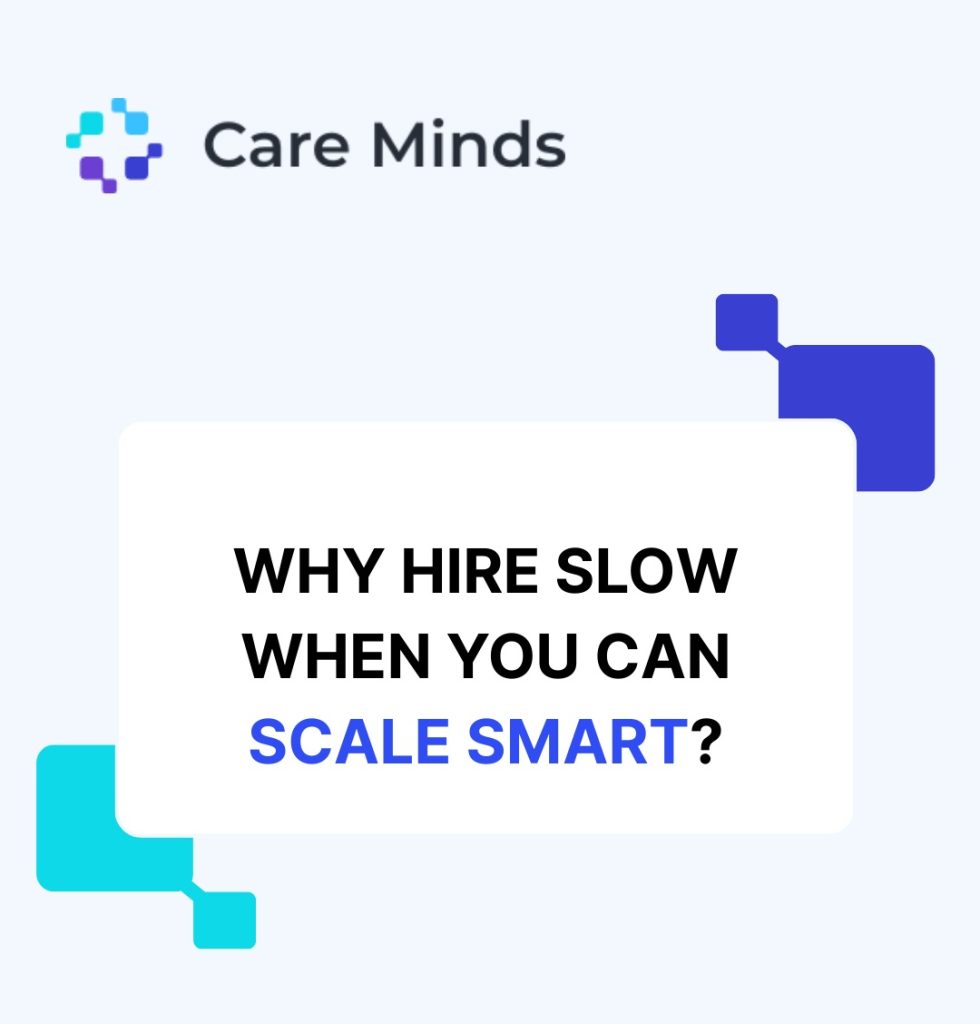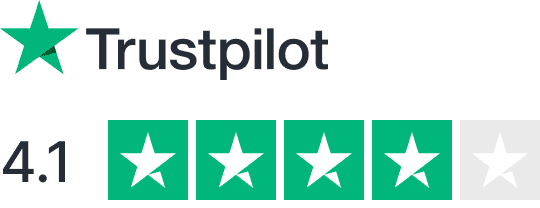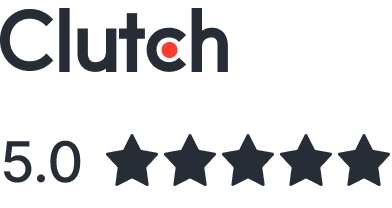Workday staff augmentation provides businesses with access to skilled professionals for seamless system implementation, upgrades, and support. Here’s why it’s a game-changer:
- Fills Skill Gaps: External experts handle areas like Workday HCM, Payroll, Financial Management, and more.
- Speeds Up Projects: Avoid delays in implementation, data migration, and integrations.
- Cost-Effective: LATAM professionals offer expertise at $31–$50/hour, saving up to 50% compared to U.S.-based hires.
- Flexible: Scale your team up or down based on project needs without long-term commitments.
Hiring from LATAM ensures affordability, time zone alignment, and skilled professionals with fluent English. Use clear onboarding processes and tools to integrate external staff effectively into your team. This approach reduces costs, improves efficiency, and ensures project success.
What Is Workday Staff Augmentation
Assessing Your Workday Staffing Needs
Understanding your organization’s Workday capabilities requires a clear and structured evaluation. This process helps you identify skill gaps and decide when it’s time to bring in outside expertise. By doing so, you can ensure your team is equipped to handle both day-to-day tasks and specialized projects effectively.
Finding Gaps in Workday Skills
To figure out where your team might need help, start by comparing their current skills to the demands of your projects. Focus on critical areas like Workday HCM, Financial Management, Payroll, and Supply Chain Management. Tools like the Workday Skills Cloud platform can be invaluable for matching your team’s abilities to project needs and spotting areas where additional expertise is required.
Here’s a simple approach to get started:
- Take stock of your team’s certifications and experience.
- List the skills your projects demand.
- Identify where your team falls short.
“Three Link Solutions rapidly augments your internal Workday team during an initial implementation or beyond with trusted, vetted, and experienced Workday consultants.”
When to Add External Staff
After identifying skill gaps, it’s important to determine the right moments to bring in external help. Some key phases where outside expertise can make a big difference include:
- Initial Workday implementation
- Major system upgrades
- Data migration from older systems
- Integrations with other enterprise platforms
- Testing and quality assurance efforts
Common Workday Support Requirements
Once you’ve pinpointed when to bring in external staff, it’s essential to define the specific roles and expertise needed for each phase of your project. Collaborating with system integrators can help you determine where external support will have the most impact. Common areas where outside help might be necessary include:
- Managing legacy systems during transitions
- Providing functional and operational support
- Overseeing project management tasks
- Handling systems integration and data management
- Leading change management and training initiatives
Hiring Workday Experts from LATAM
When you’ve identified your staffing needs for Workday implementation and support projects, looking to Latin America can be a smart move. The region combines technical know-how, workplace compatibility, and operational perks that can elevate your team’s performance. Let’s dive into the benefits and a practical approach to screening candidates.
Benefits of LATAM Workday Teams
Professionals from Latin America offer a unique mix of affordability and expertise. Salaries in the region are typically 50–70% lower than U.S. rates, which can translate to cost savings of up to 50% without compromising on skill level. Another major advantage? Time zone alignment. Cities like São Paulo, Buenos Aires, and Mexico City are usually within two hours of Eastern Standard Time, making real-time collaboration with U.S.-based teams a breeze.
On top of that, LATAM professionals often align well with U.S. workplace values. They bring a strong work ethic, a focus on results, effective collaboration skills, and fluent English. Many also prioritize continuous learning, which makes them a great fit for dynamic Workday environments.
Screening LATAM Candidates
To build a strong Workday team, it’s crucial to assess both technical skills and interpersonal abilities. Ideally, candidates should have at least five years of Workday experience, particularly in key areas like Human Capital Management (HCM), Financial Management, Payroll, and Supply Chain Management.
Here’s a simple framework to guide your evaluation process:
| Assessment Area | Key Criteria | Method of Verification |
|---|---|---|
| Technical Skills | Module-specific certifications | Certificate validation |
| Project Experience | Proven track record in implementations | Portfolio review |
| Communication | English fluency | Video interviews |
| Cultural Fit | Teamwork and collaboration style | Team exercises |
To ensure smooth integration, use digital workflow tools to streamline collaboration. Platforms like Deel or Remote.com can simplify onboarding and payroll management. While LATAM professionals may accept lower base salaries, offering perks like performance bonuses, professional development opportunities, leadership access, flexible schedules, and health insurance can help you secure top-tier talent.
Lastly, prioritize candidates with experience in areas like business continuity planning, system customization, data migration, and change management. These skills will ensure they can hit the ground running and play a pivotal role in your Workday projects.
Adding External Staff to Workday Projects
Once you’ve secured the right talent, the next step is ensuring they integrate smoothly into your Workday projects.
Training and Project Handoff
To onboard external Workday professionals, start by providing system access, sharing key documentation, and using a tailored checklist that outlines project processes, customizations, and business rules. Create a knowledge transfer plan with dedicated sessions for each Workday module. Pair new team members with an internal buddy or mentor who can help them navigate company-specific configurations and workflows.
“We empower your organization by deploying hands-on resources with specialized Workday knowledge. These experts can seamlessly integrate with your internal team, ensuring uninterrupted business operations.” – Three Link Solutions
| Phase | Activities | Timeline |
|---|---|---|
| System Access | Assign security roles, VPN access, development instances | Days 1-2 |
| Documentation | Share configuration guides, test cases, and business requirements | Days 2-3 |
| Knowledge Transfer | Schedule training sessions for each module with subject matter experts | Days 3-10 |
| Shadowing | Pair programming and process observation | Days 5-15 |
| Independent Work | Gradually increase responsibilities under supervision | Week 3+ |
Once the onboarding is complete, align these external resources with your internal team to keep the project moving forward efficiently.
Leading Mixed Teams
To manage a team of both internal and external members, ensure alignment through regular communication and clearly defined roles. Weekly meetings can help set priorities, address challenges, and track progress. Leverage project management tools to maintain transparency and accountability.
Encourage open communication to foster collaboration. Establish a communication framework that includes:
- Daily standups: Brief 15-minute updates to keep everyone on the same page.
- Weekly planning sessions: 30-minute meetings to set goals and priorities.
- Bi-weekly retrospectives: Feedback sessions to discuss what’s working and identify areas for improvement.
For smooth collaboration, define clear escalation paths and decision-making protocols. Document all key project decisions and maintain a shared knowledge base accessible to both internal and external team members. Regular one-on-one meetings can also help address individual concerns and keep everyone aligned.
| Channel | Purpose | Frequency | Participants |
|---|---|---|---|
| Slack/Teams | Quick updates and questions | Daily | All team members |
| Video calls | In-depth discussions and demos | Weekly | Project leads, relevant members |
| Formal communications and approvals | As needed | Stakeholders, team leads | |
| Documentation | Knowledge sharing and process tracking | Ongoing | All team members |
Costs and Returns of Staff Augmentation
Staff Augmentation Costs
When planning your budget for Workday staff augmentation, it’s important to weigh both direct and indirect costs. For example, hiring a full-time Workday developer with a base salary of $75,000 can end up costing around $150,000 annually once you factor in benefits and overhead expenses. On the other hand, hiring professionals from LATAM (Latin America) typically costs between $31 and $50 per hour, with many of these rates already accounting for additional costs.
Here’s a simplified cost comparison:
| Cost Factor | Internal Staff | Augmented Staff |
|---|---|---|
| Base Compensation / Total Cost | ~$75,000/year (approx. $150,000 fully loaded) | $31–$50/hour (inclusive rate) |
This table demonstrates how staff augmentation can significantly lower hidden costs tied to traditional hiring methods while offering the flexibility to scale your team as needed.
Tracking Project Success
Cost savings are just one part of the equation. To gauge the true value of staff augmentation, you need to track its impact using clear performance metrics. With the right project management tools, you can monitor key indicators such as productivity and cost efficiency. Here are some metrics to consider:
| Metric | Target Range | Impact Measurement |
|---|---|---|
| FP&A Productivity | 15–20% increase | Measure time saved during planning cycles |
| Cost Optimization | 30–70% savings | Track total project expenses |
The benefits of staff augmentation go beyond numbers. For example, organizations using augmented staff for Workday implementations have reported impressive results. Workday Adaptive Planning customers, for instance, achieved a 249% ROI and a net present value (NPV) of $2.30 million.
As Andy Hilliard, CEO of Accelerance, explains:
“Staff augmentation is a tried-and-tested way to reach out for help rather than attempting ambitious projects completely in-house.”
To maximize your returns, it’s essential to stay organized. Use integrated dashboards to track milestones, set up automated notifications for task completions, evaluate deliverables with standardized metrics, and document lessons learned from each phase of the project.
Conclusion
As discussed, bringing in external talent tailored to your Workday requirements is essential for getting the most out of your projects. Leveraging Workday staff augmentation not only enhances workforce systems but also helps reduce costs. For instance, professionals from LATAM can fill critical skill gaps and improve project outcomes at competitive rates, with hourly costs ranging from $31 to $50, compared to an annual salary of approximately $160,000 for a U.S.-based Workday expert.
This approach also supports key operational needs, such as:
- Maintaining business continuity
- Customizing and improving modules
- Migrating data from legacy systems
- Ensuring quality through testing
- Managing change and training users
Related posts
FAQs
How can I identify and address skill gaps in my team for Workday projects?
To spot and tackle skill gaps in your team for Workday projects, start by assessing your team’s current abilities and matching them against the demands of upcoming Workday tasks. This comparison will help you identify where extra knowledge or skills are required.
Tools like Workday Skills Cloud can be incredibly helpful for analyzing your team’s existing strengths and highlighting any gaps. Once you’ve identified those gaps, consider bringing in specialized Workday professionals through staff augmentation. This method allows you to quickly and efficiently add the expertise needed to meet your project goals, all while keeping your team structure flexible.
What are the advantages of hiring Workday professionals from Latin America?
Hiring Workday professionals from Latin America brings several advantages for U.S. businesses. One of the biggest draws is cost savings, as salary expectations in the region tend to be lower than in other markets. This allows companies to manage expenses effectively while still securing high-quality talent.
Latin America also offers a deep talent pool of skilled and experienced Workday professionals. This ensures businesses can find the expertise they need for everything from system implementations to upgrades and ongoing support.
Another standout benefit is the time zone alignment with the U.S., which makes communication and collaboration much easier. Teams can work together in real time, streamlining project workflows and addressing issues quickly. On top of that, professionals from Latin America are known for their dedication and strong work ethic, which makes them reliable partners for critical Workday projects.
How can I smoothly integrate external Workday professionals into my team?
To make bringing external Workday professionals on board as seamless as possible, start with a well-defined onboarding plan. This should clearly outline their roles, responsibilities, and what’s expected of them. Help them feel connected by arranging introductions with your team, whether through virtual meetings or casual video calls. Pairing them with a mentor or buddy can also be a great way to provide guidance during their first few weeks.
Make sure they have easy access to virtual training materials so they can quickly get up to speed. Encourage teamwork by planning team-building activities and keeping communication channels open. Regular check-ins are key to addressing any concerns, ensuring they feel supported, and keeping everyone aligned with your team’s objectives.
















